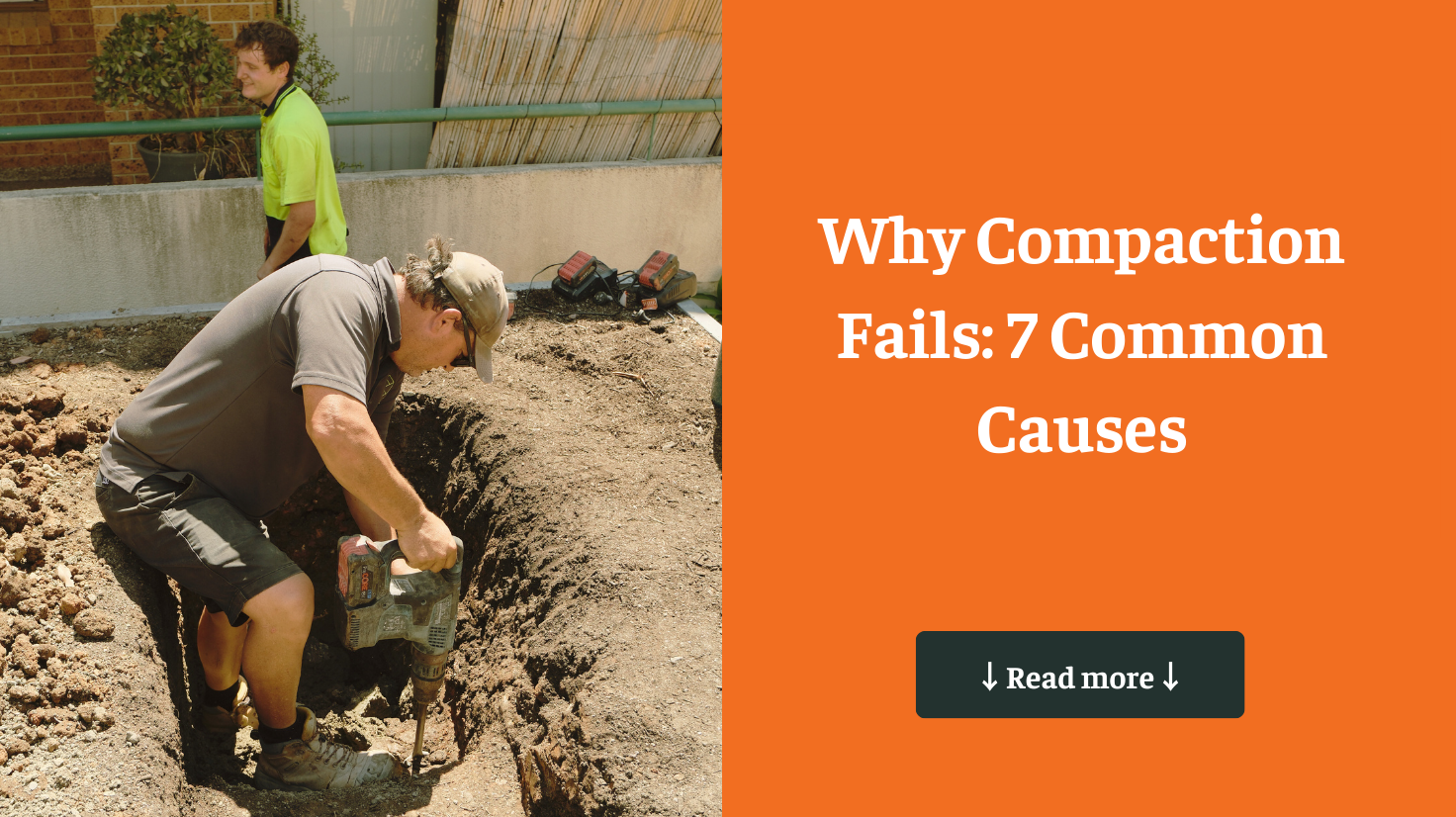Salinity testing and assessments are crucial processes in various fields, including agriculture, environmental monitoring, and water quality management. Understanding the salinity levels in soil and water is essential for making informed decisions that ensure optimal conditions for crop growth, protect ecosystems, and maintain water quality standards.
This guide delves into the importance of salinity testing, different testing methods, the significance of the saline load test, and how to effectively interpret and use salinity test results for comprehensive assessments.
1. Introduction to Salinity Testing
Salinity testing measures the concentration of soluble salts in soil or water. High salinity levels can negatively impact plant growth, aquatic life, and the usability of water for various purposes. Regular salinity assessments help identify potential issues early and enable the implementation of management strategies to mitigate these negative impacts.
2. Importance of Salinity Testing
2.1 Agriculture
In agriculture, high soil salinity can lead to reduced crop yields and diminished soil fertility. Regular salinity testing allows farmers to monitor soil conditions, enabling them to take corrective measures such as applying soil amendments or choosing salt-tolerant crop varieties. This proactive approach ensures that the soil remains productive and supports healthy crop growth.
2.2 Environmental Monitoring
For environmental monitoring, tracking salinity levels in water bodies helps protect aquatic ecosystems and biodiversity. Elevated salinity can disrupt the balance of freshwater and marine environments, affecting species that are sensitive to changes in salinity levels. By regularly testing salinity, environmental managers can implement strategies to prevent or mitigate the impacts of salinity on ecosystems.
2.3 Water Quality Management
Salinity testing is essential in water quality management, ensuring that water used for drinking, irrigation, and industrial processes meets the required standards. High salinity in drinking water can pose health risks, while in industrial settings, it can lead to equipment corrosion and operational inefficiencies. Regular testing helps maintain water quality and ensures safe and efficient use.
3. Overview of Different Salinity Test Methods
Salinity testing can be conducted using various methods, each with specific advantages depending on the assessment’s requirements. These methods can be broadly categorized into laboratory and field-based techniques.
3.1 Laboratory Methods
- Gravimetric Analysis: This method involves evaporating a water sample and measuring the remaining residue to determine salinity levels. It is a precise method often used for detailed analysis in laboratory settings.
- Conductivity Meter: A common method that measures the electrical conductivity of a solution, directly related to its salinity. It is widely used due to its simplicity and quick results, providing an estimate of the salt concentration in water.
- Ion Chromatography: This technique separates and quantifies the specific ions present in a sample, offering detailed information on the individual components contributing to overall salinity. It is particularly useful for identifying and quantifying specific salts that may be of concern.
3.2 Field Methods
- Portable Conductivity Meters: These handheld devices allow for quick and easy salinity measurements directly in the field. They are ideal for on-site assessments where rapid results are needed.
- Soil Salinity Sensors: These sensors are placed in the soil to continuously monitor salinity levels, providing real-time data. This method is particularly useful for long-term monitoring in agricultural fields or natural environments.
- Salinity Test Kits: Simple, user-friendly kits provide immediate results for preliminary assessments. These kits are often used in educational settings or for initial surveys before more detailed laboratory testing.
4. Explanation of the Saline Load Test
The saline load test is a specific method used to assess the salt tolerance of plants and the capacity of soil to handle saline conditions. It involves applying a known amount of saline solution to the soil or plant and measuring the response over time. This test provides valuable insights into:
- Determining Plant Tolerance: By understanding which crops can thrive in saline conditions, farmers can make informed decisions about planting strategies in areas with high salinity.
- Soil Management: The test helps identify how soil interacts with salts, guiding the development of appropriate soil management practices, such as the application of gypsum or organic matter to improve soil structure and reduce salinity.
- Irrigation Planning: Results from the saline load test can inform the design of irrigation systems that minimize salinity buildup in the soil, ensuring sustainable water use and crop production.
5. Interpreting Salinity Test Results
Understanding and interpreting salinity test results is crucial for making informed decisions. Key metrics include:
- Electrical Conductivity (EC): High EC values indicate high salinity levels. In agriculture, these values help determine the suitability of water for irrigation and the need for soil amendments to reduce salinity.
- Total Dissolved Solids (TDS): TDS represents the total concentration of dissolved salts in water, providing a comprehensive measure of water quality. It is essential for assessing water’s suitability for drinking, irrigation, and industrial use.
- Specific Ion Concentration: This metric identifies the presence of particular salts (e.g., sodium, chloride) that may be harmful to plants or aquatic life. Understanding these concentrations allows for targeted interventions to mitigate negative effects.
6. Using Salinity Test Results for Assessments
The results from salinity tests are used across various sectors to inform management practices and ensure optimal conditions:
- Agricultural Management: Farmers can implement soil amendments, select salt-tolerant crops, and adjust irrigation practices based on salinity levels, ensuring sustained productivity.
- Environmental Protection: Monitoring salinity levels in water bodies enables the implementation of pollution control measures to protect ecosystems and maintain biodiversity.
- Water Quality Assurance: Ensuring that water used for various purposes meets required salinity standards is essential for protecting human health and maintaining industrial processes.
7. Conclusion
Salinity testing and assessments are essential for managing soil and water quality effectively. By understanding the importance of salinity testing, the various methods available, the significance of the saline load test, and how to interpret and use test results, stakeholders can make informed decisions to promote sustainable practices in agriculture, environmental management, and water quality control.
For accurate and reliable salinity testing and assessments, trust Ideal Geotech. Our team of experts uses state-of-the-art methods to provide comprehensive salinity evaluations tailored to your needs.







